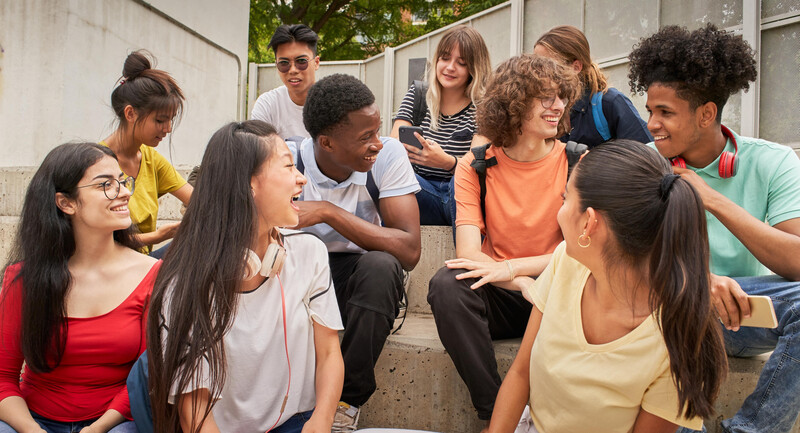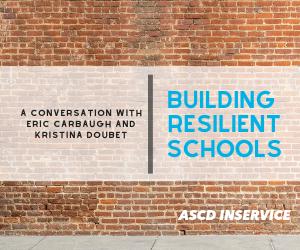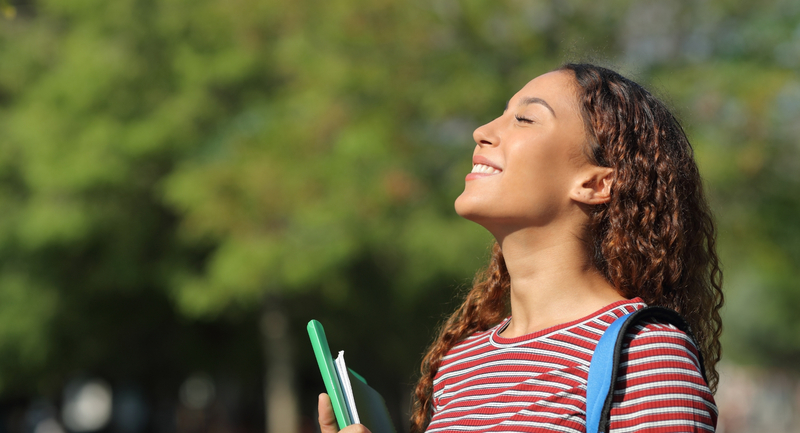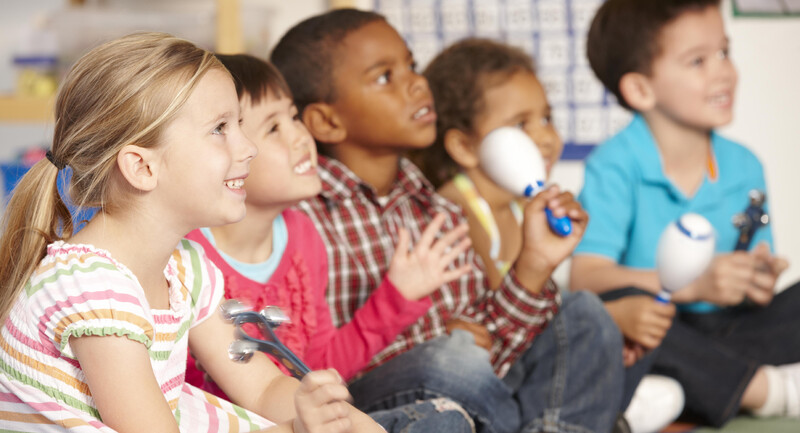Discussions about the effects of the COVID-19 pandemic on students frequently focus on “learning loss” or “unfinished learning” (NPR, NYT, McKinsey). Most agree on the problem: students are struggling in school. But not everyone agrees on a solution. A recent New York Times op-ed titled “We Can Only Fight Learning Loss with Accountability and Action” argues that “we need to bring some tough love back to American education” by ensuring that underperforming schools “face stern consequences” and that students “know that it’s time to hit the books again.” Young people I work with at the youth-led Bridgemakers nonprofit call this the “buckle down” theory of school reform because it requires individual accountability while ignoring context. This approach fails to see the forest for the trees—or, rather, the students for the scores.
While adults argue about how to boost standardized test scores, it’s becoming increasingly clear that the kids are not okay. In a recent national survey by the Centers for Disease Control (CDC), 60 percent of teen females, 30 percent of teen males, and 52 percent of LGBTQ+ teens reported feeling persistently sad and hopeless in the past year. The takeaway: “Overall, young people are experiencing a level of trauma and distress that requires action.” The U.S. Surgeon General agrees—a recent public health advisory sounded the alarm on a growing youth mental health crisis.
But as with the COVID-19 pandemic, the youth mental health crisis isn’t caused by the individuals it affects—it originates from the environment they inhabit. Systems theory shows us that if a pattern of illness, behavior, or emotional reaction is consistent across communities, then the context is creating predictable responses. Individual “accountability” won’t go far toward solving environmental problems.
Individual 'accountability' won’t go far toward solving environmental problems.
On average, students across the country give their schools a C+ in both supporting their mental health and making them excited about learning. Neuroscience research finds that all learning is social and emotional, yet under-resourcing and test-accountability policies often prevent teachers from designing learning experiences for the humans in the room. You don’t blame the acorn if it doesn’t grow into a tree: you change the environment. If we want young people to thrive, or to be successful academically, we must rehumanize our schools by focusing on students’ social-emotional reality and well-being.
Adolescence: A Time of Opportunity or Vulnerability
As I’ve written previously, adolescence is a time of metamorphosis: children enter, adults emerge. Like caterpillars, the most obvious changes adolescents go through are physical, but perhaps the most important changes are literally in their minds. Brain imaging has revealed that adolescence is the second most intense period of brain plasticity after early childhood.
Brain plasticity is the ability of the brain to change based on experience. While human brains retain some plasticity throughout their lifetime, once a person matures out of adolescence in their early twenties, brain changes take more time. In comparison, young people’s brains change rapidly.
Adolescence is thus a time of incredible opportunity or of incredible vulnerability. Research shows that if young people’s experiences and environments are positive, their neural synapses for positive habits and coping strategies are strengthened. But when adolescents experience toxic stress, trauma, or negative environments, the connections that develop poor coping mechanisms are strengthened, and students are less well-adapted for future challenges.
What Does This Mean for Schools?
High schools have an outsized impact on the rest of a young person’s life because it’s where most adolescents spend considerable time. The relationships, experiences, and environments of their schools shape their brains in ways that may be hard to change later in life. Seventy-five percent of mental health problems are established by the age of 24. If we want young people to thrive in the future, we need to create learning communities where they can thrive today. It’s important that high schools are supportive environments where students can develop and practice the knowledge, habits, and skills of resilience and mental well-being.
If we want young people to thrive in the future, we need to create learning communities where they can thrive today.
This is what systemic social-emotional learning (SEL) is designed to do: support schools to create the environments, experiences, and relationships students need so they can build skills for success—in academics, and throughout life. Research shows that these areas of social-emotional development are particularly crucial for adolescent well-being:
- Belonging: Feeling connected to others is a basic human need. When students feel a sense of belonging, they experience less psychological distress, become more engaged and motivated, and achieve higher levels of school success.
- Self-Efficacy: When students believe in their ability to successfully achieve their goals, they have improved psychosocial functioning, are less likely to become depressed, and are more likely to persist, achieve their goals, and succeed academically, even in the face of challenges.
- Emotional Resilience: Learning to build and sustain positive emotions can increase creativity, attention, motivation, and academic performance. Learning to navigate difficult emotions through self-regulation and self-compassion decreases depression, increases students’ ability to pay attention in school, and improves motivation and performance.
- Purpose: Humans all have a need to make meaning of our lives, a story for the “whys” of life—Why am I here? Why does what I do matter? We develop purpose by learning what is important to us, then taking action to work for it. Students with a sense of purpose are less likely to experience depression, and are more likely to be motivated, academically engaged, and satisfied with their lives.
Fortunately, these areas of social-emotional development are mutually reinforcing—and they all support deep learning and increased academic success. While setting aside dedicated SEL time at school can help, it’s important to remember that these competencies are developed in relationships, over time, and through practice. Successful schools will be intentional about how schoolwide routines, schedules, and policies create time and space for positive relationships and will ensure that every classroom establishes the learning conditions students need to connect with one another, tackle challenges, and stay motivated in pursuit of their academic goals.
Focusing on individual accountability or taking a “buckle down” approach is not the best way to support young people’s success because it doesn’t address the contextual issues that undermine achievement and students’ ability to thrive. Instead, we need to create human-centered educational systems that prioritize students’ needs and experiences. By focusing less on test scores and more on social-emotional growth, we can take advantage of the opportunity inherent in this formative stage of development and help students build a lifelong capacity to thrive at school and beyond.








